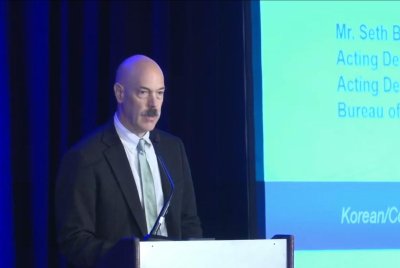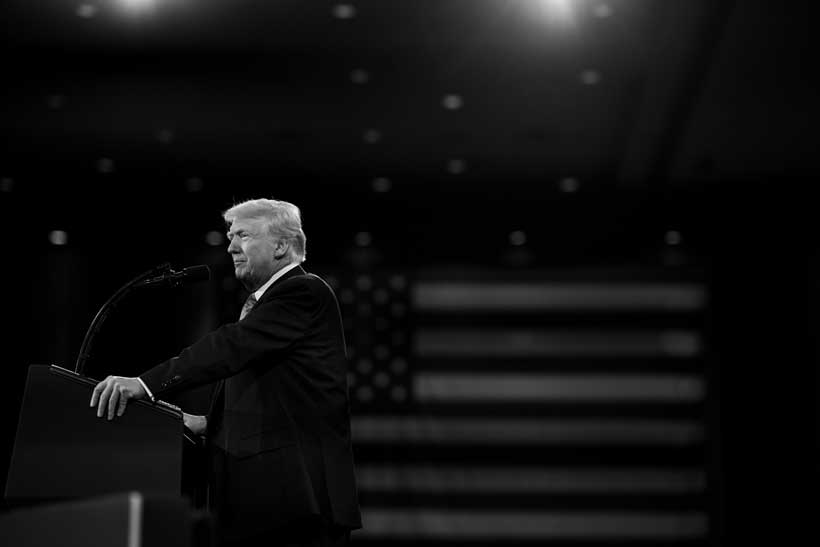Rosatom’s Virtual Reactors and the New Diplomacy of Data
The New Reactor Economy
In the twenty-first century, nuclear energy has re-emerged not only as a source of electricity but also as an instrument of geopolitical endurance. Among all global reactor exporters, Russia’s Rosatom State Atomic Energy Corporationremains exceptionally resilient. Despite sanctions and fractured supply chains, Rosatom today is involved in the construction of thirty to forty reactor units worldwide, including in Egypt’s El-Dabaa, Bangladesh’s Rooppur, and Turkey’s Akkuyu.
Yet beneath the story of uranium and concrete lies a subtler revolution: the rise of digital-twin technology. A digital twin is a virtual, data-driven replica of a reactor that mirrors every process in real time using sensors, analytics, and artificial intelligence (AI). It enables engineers to simulate performance, anticipate faults, and fine-tune safety systems remotely.
In doing so, Rosatom is no longer merely exporting atomic hardware; it is exporting data architectures and predictive-analytics ecosystems that tether partner nations to Russian digital infrastructures for decades. The company has consolidated these capabilities under its Unified Digital Platform, linking design, construction, and operation through cloud-based modelling and AI-driven monitoring (Rosatom Newsletter, 2025).
This digitalization marks a turning point in nuclear diplomacy: power now flows through algorithms and data, not only through megawatts and materials.
From Hardware Exports to Data Dependencies
Since 2020, Rosatom’s subsidiaries, notably Atomenergomash and Rusatom Service, have begun integrating digital lifecycle systems across their international reactor portfolio. The company’s engineering arm, ASE, has developed what it calls Multi-D IMS, a digital configuration-management platform that creates detailed virtual models of nuclear facilities during design and construction. These models enable real-time collaboration, fault prediction, and workflow optimization across sites, forming the foundation of Rosatom’s emerging digital-twin ecosystem.
Rosatom’s own communications describe these tools as part of a broader Unified Digital Platform, which connects design, manufacturing, and operation through cloud-based modelling and AI-driven analytics. While official statements do not identify specific plants using these systems, Rosatom notes that its “digital infrastructure and twin technologies” are being offered to international partners within its reactor export programs.
This architecture creates a durable maintenance corridor between Moscow and client operators. Even after physical construction ends, the flow of digital data and software updates ensures that Russian engineers remain integral to plant performance. In practice, the information layer itself becomes a channel of long-term engagement and influence.
Comparable Western vendors, EDF, Westinghouse, and GE Hitachi, are also pursuing digital-twin technologies. Yet Rosatom’s approach is uniquely state-integrated, aligning with Russia’s national strategy of digital sovereignty and self-sufficient AI infrastructure. The result is a hybrid of engineering innovation and strategic design: a system that embeds Russian digital standards within the nuclear industries of its partners.
For many developing economies, the offer is pragmatic: a single vendor providing financing, turnkey construction, and continuous digital assistance. But this convenience introduces a subtler dependence, one not of uranium supply or credit, but of algorithmic reliance and data governance.
Kudankulam: India’s Quiet Test Bed
Nowhere is this shift more visible than in southern India. The Kudankulam Nuclear Power Plant (KKNPP), jointly operated by India’s Nuclear Power Corporation of India Limited (NPCIL) and Rosatom, is the first operational complex of VVER-1000 reactors in the Global South.
Originally a hardware partnership signed in 1988, Kudankulam is evolving into a digital interface. In 2020, Rosatom’s fuel subsidiary TVEL supplied India with next-generation TVS-2M fuel assemblies, extending reactor cycles from twelve to eighteen months, a shift managed through digital modelling and predictive maintenance.
Rosatom’s 2024 annual report outlines plans to connect Kudankulam’s operational analytics to its Unified Digital Nuclear Industry Platform, integrating India into the same digital ecosystem that supports Turkey’s and Egypt’s projects.
For India, this offers substantial advantages, higher capacity factors, enhanced safety diagnostics, and exposure to emerging global standards in nuclear AI. Yet it also entwines India’s civilian nuclear operations with Russian data protocols and remote diagnostic tools. Kudankulam thus becomes not only a reactor but also a node in Rosatom’s global digital web, where megawatts are managed by code as much as by turbines.
This duality defines the future of strategic cooperation: efficiency through integration, balanced against data-driven interdependence.
Algorithmic Sovereignty and Strategic Autonomy
Digital integration introduces a new vocabulary of power. Terms once reserved for information technology, data sovereignty, algorithmic control, and cybersecurity now shape energy diplomacy. For countries like India, which prize autonomy, these are practical concerns.
In 2019, a cyber incident at Kudankulam briefly demonstrated how vulnerable nuclear infrastructure can be when administrative networks intersect with global data flows. Although operational systems were unaffected, the episode exposed the need for stronger digital-governance frameworks in critical energy sectors.
Another question concerns ownership of reactor data. Predictive-maintenance algorithms rely on vast datasets, coolant temperatures, pressure levels, and sensor diagnostics gathered continuously during operation. If these datasets are processed on Rosatom’s proprietary cloud, who controls their reuse or replication? India’s Digital Personal Data Protection Act (2023) mandates localization for sensitive data, yet nuclear information exists in a legal grey zone, governed more by bilateral contracts than explicit national legislation.
For Russia, digitalization ensures resilience under sanctions. Cloud-based engineering assistance allows specialists in Moscow to monitor reactors abroad even when travel or logistics are constrained. For partners, it delivers cost-efficient expertise, yet it also embeds an asymmetry; operational sovereignty becomes mediated by foreign algorithms.
Rosatom’s approach reflects Moscow’s broader strategy of technological statecraft, using digital ecosystems to sustain global reach despite economic isolation. The outcome is a new form of dependence: not energy insecurity but informational dependency.
Atoms → Algorithms: The Next Frontier of Energy Diplomacy
Rosatom’s digital transformation parallels wider trends in global technology politics. China’s Digital Silk Road, the U.S.-EU “trusted-tech” frameworks, and Russia’s own push for a “Digital Atom Belt” all reveal how infrastructure and information are converging.
India occupies a delicate middle ground. Collaboration with Rosatom at Kudankulam grants access to advanced analytics, but New Delhi also explores partnerships with Western firms on small modular reactors and new fuel cycles. Balancing these engagements will require clear rules on digital interoperability, data governance, and cyber assurance.
India already has the institutions to do so. The Atomic Energy Regulatory Board (AERB) verifies reactor-control software domestically, while CERT-IN supervises cyber-critical infrastructure. Extending such oversight to digital-twin and predictive-maintenance platforms can preserve sovereignty while encouraging innovation.
For Russia, meanwhile, digital twins are both export products and diplomatic instruments. By embedding AI-based support systems in every reactor project, Rosatom ensures long-term relevance. Even if hardware exports slow, its role as a digital-lifecycle provider guarantees enduring engagement. In that sense, Rosatom’s most influential reactor export may no longer be physical; it is virtual.
Conclusion: The Politics of Invisible Power
The shift from atoms to algorithms defines the next frontier of nuclear diplomacy. During the Cold War, power was measured in reactors built or megawatts produced. Today, it is determined by who controls the data that sustains those reactors.
For partner nations, digital twins promise transparency, efficiency, and safety. For exporting powers, they offer a quiet form of leverage that persists beyond physical construction. As India pursues self-reliance through Make in India and Atmanirbhar Bharat, it must treat data infrastructure with the same strategic weight as fuel supply chains.
The aim should not be isolation from partners like Russia but reciprocal digital governance, shared access protocols, transparent algorithmic audits, and domestic data custody. Rosatom’s digital twin diplomacy exemplifies a future where technological cooperation and strategic caution must coexist.
The next great non-proliferation challenge may not concern uranium enrichment but data enrichment: who holds it, who protects it, and who decides how it is used?


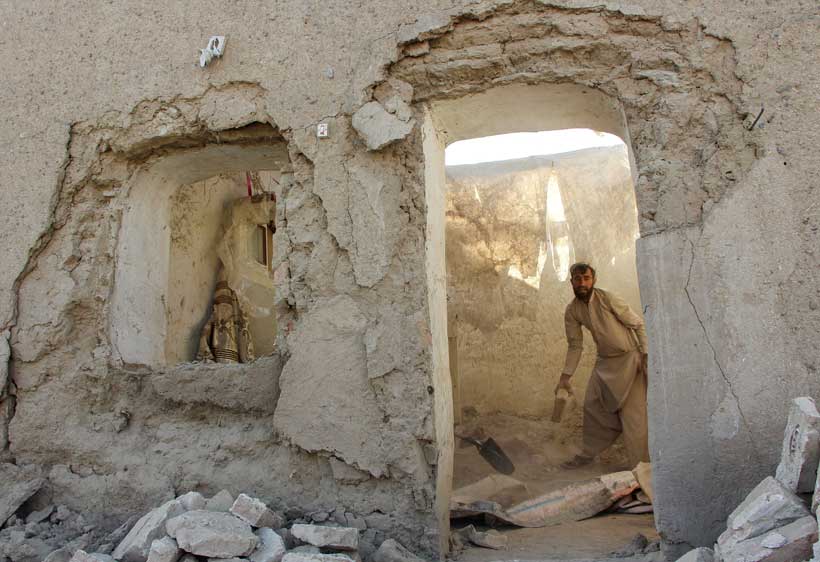
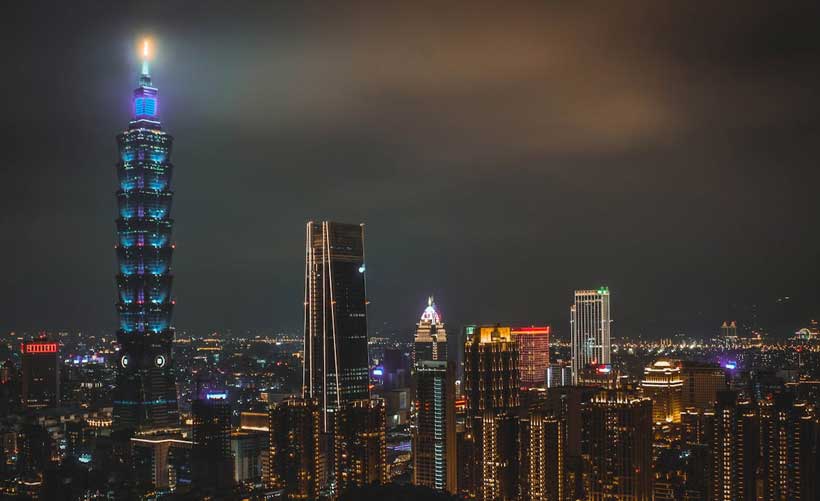
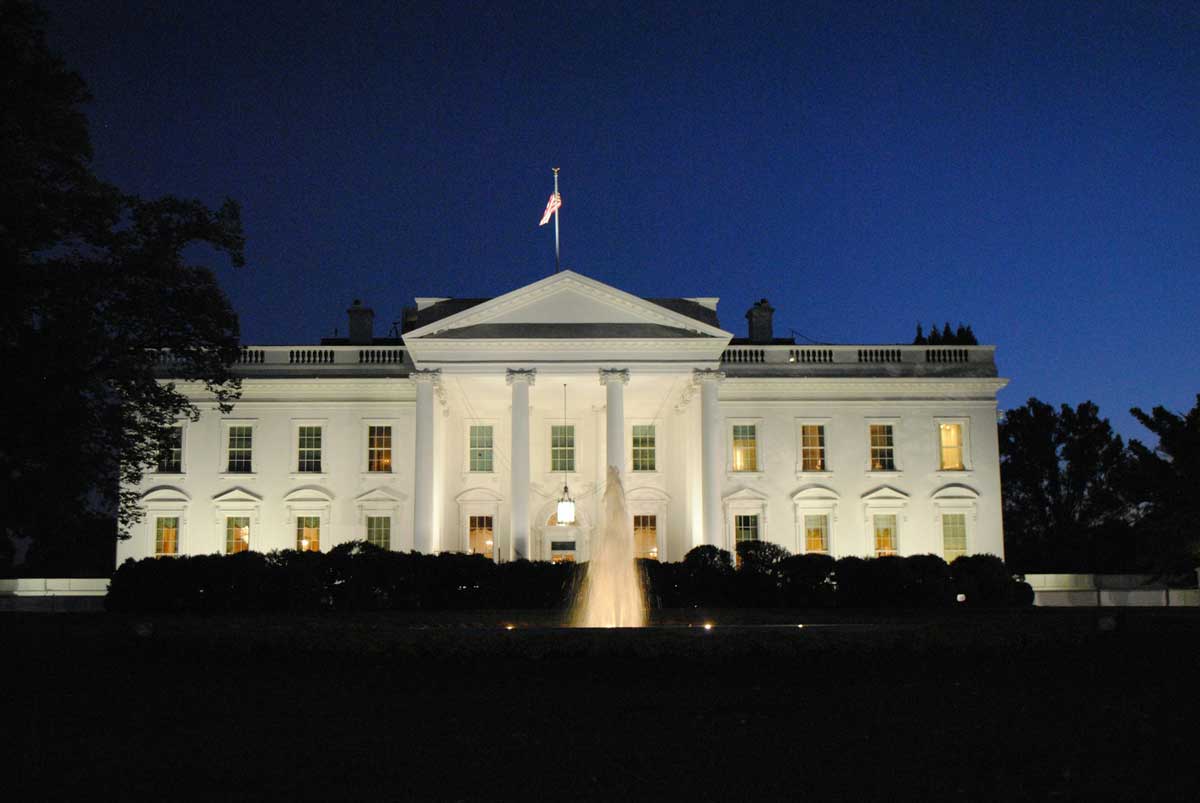
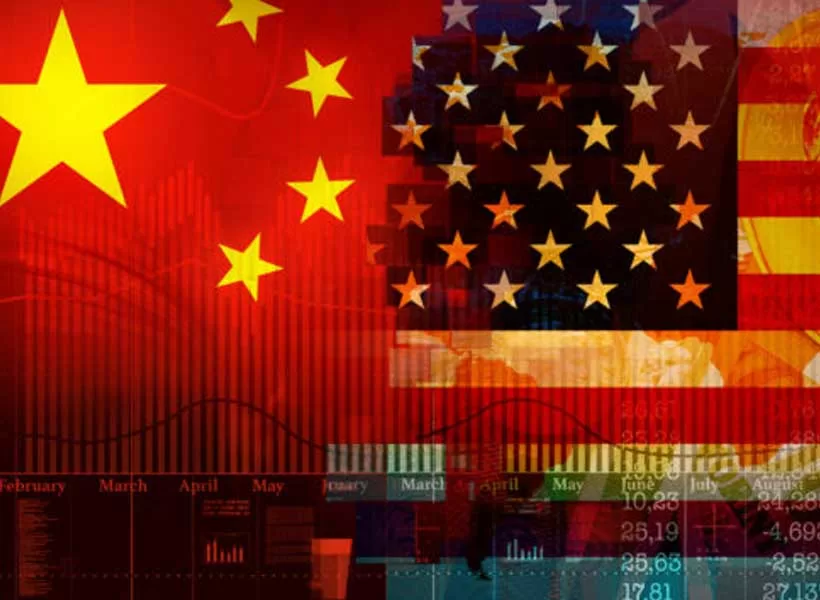

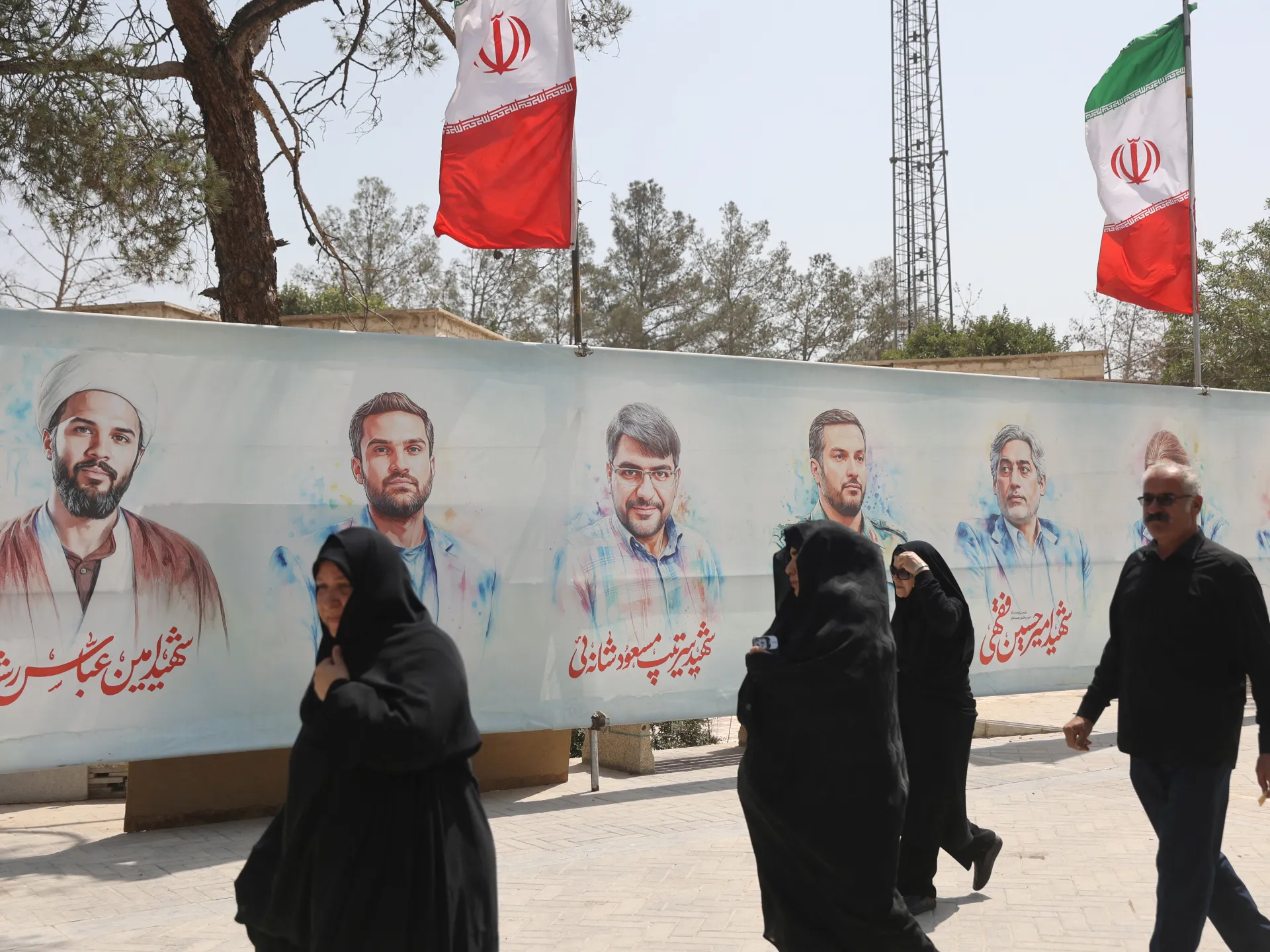
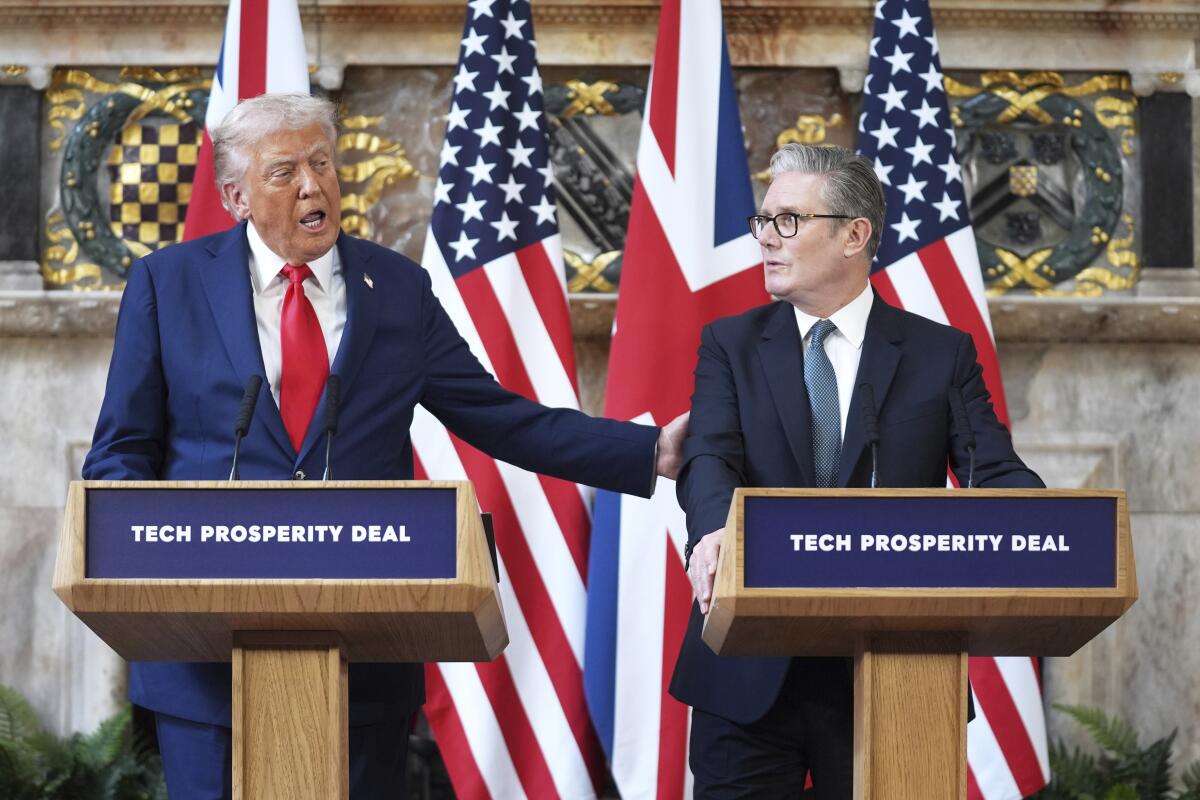
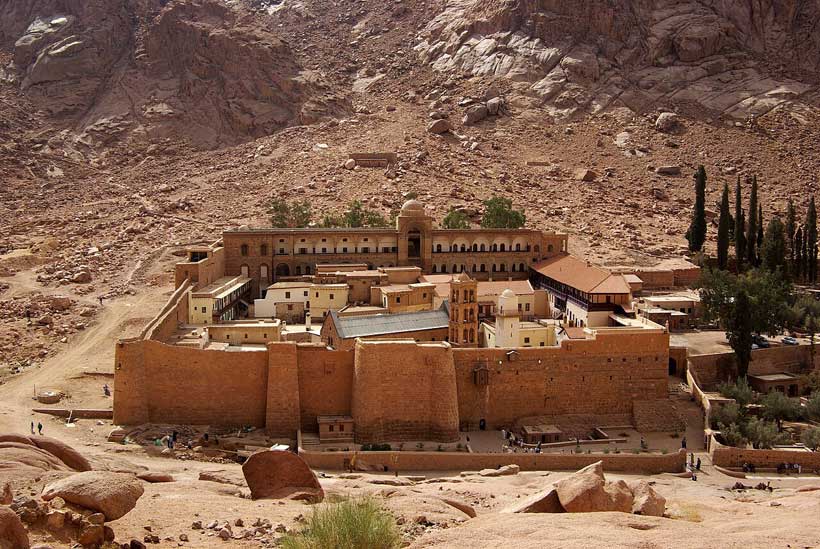

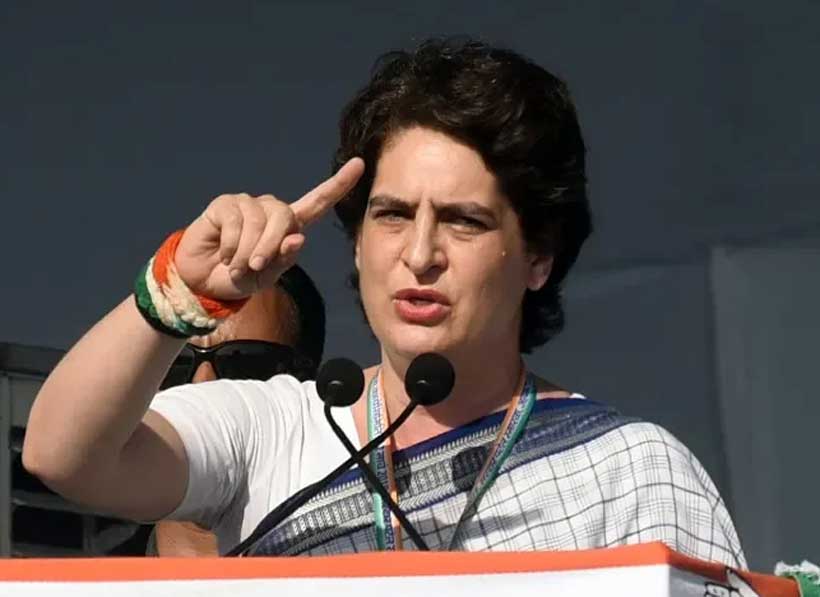

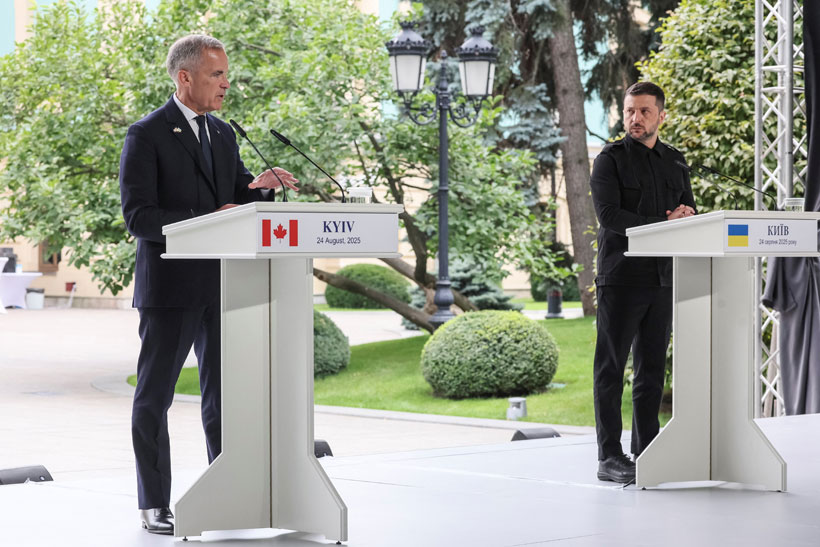



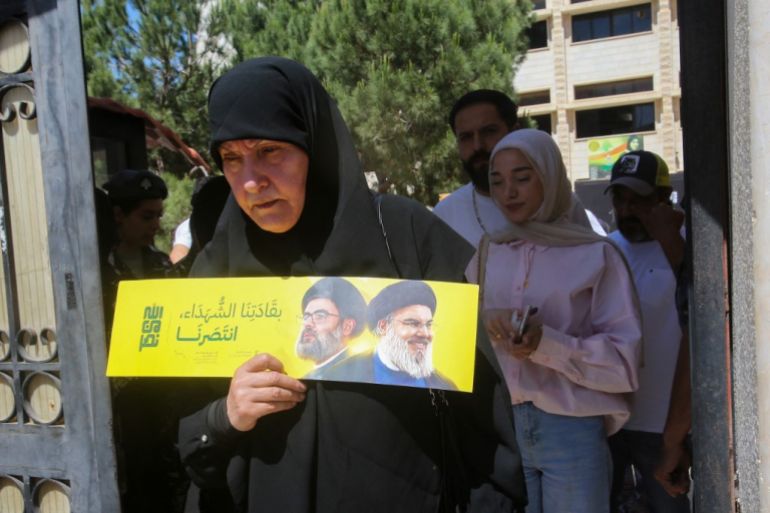
![A woman holds a flyer with portraits of slain Hezbollah leaders Hassan Nasrallah (R) and successor Hashem Safieddine (L) at a polling station in the municipal elections in Nabatieh in southern Lebanon on May 24, 2025. [Mahmoud Zayyat/AFP]](https://www.aljazeera.com/wp-content/uploads/2025/05/000_47YB2KF-1748088661.jpg?w=770&resize=770%2C513&quality=80)

